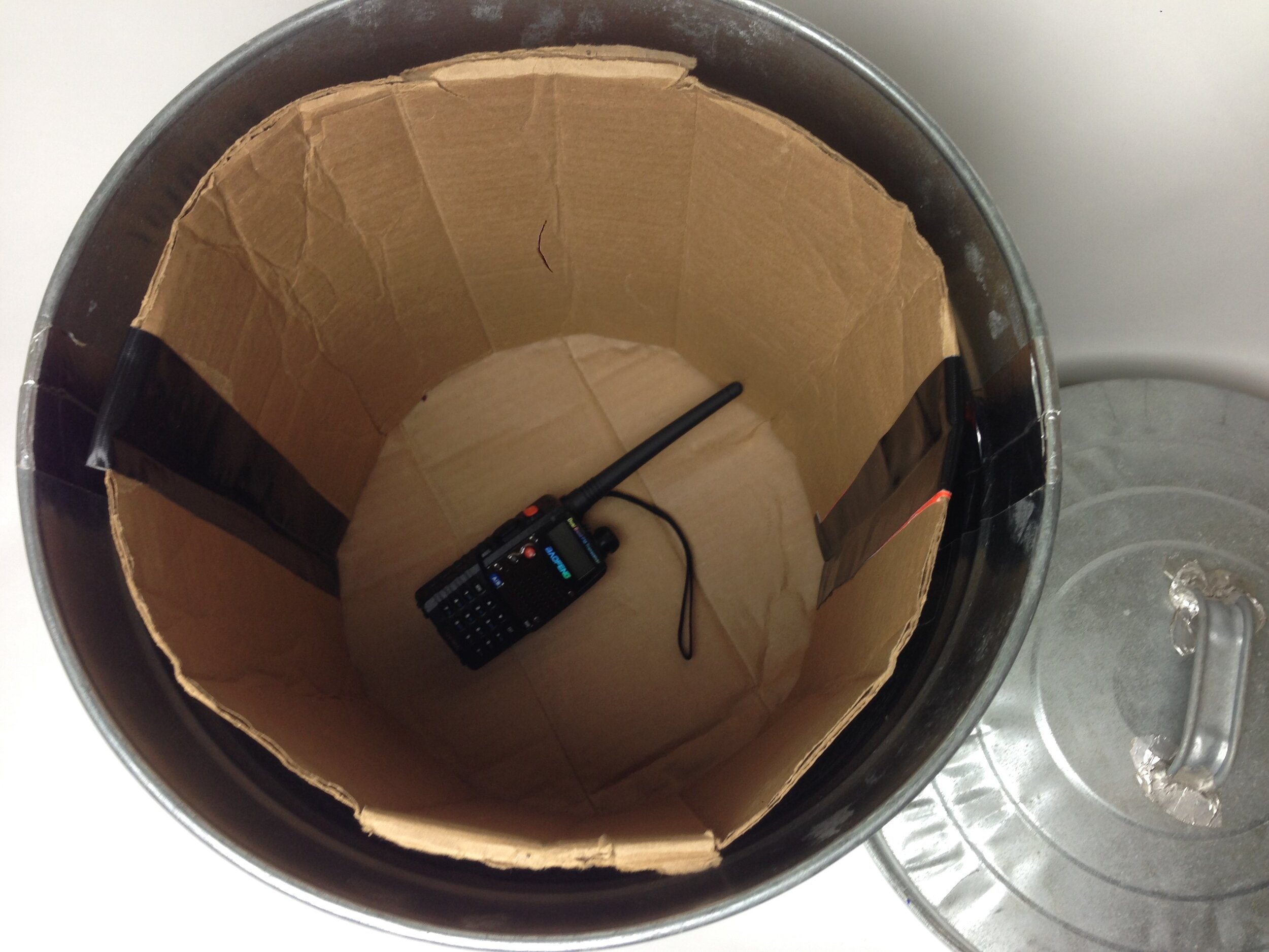The more and more connected world has made the safeguarding of our electronic devices into a priority for many individuals. Whether you are concerned about privacy, the threat of electromagnetic pulses, or just a desire to keep gadgets safe from interference, understanding Faraday cages can be transformative. Such fascinating structures serve as a barrier against electromagnetic fields, allowing you to protect your sensitive electronics from multiple threats. Building your own Faraday cage not only offers a practical solution and additionally enables you to customize it according to your specific needs.
Building a Faraday cage may sound complex, but with the right knowledge and materials, anyone can start this DIY project. In this guide, we will explore the important features, materials, and considerations necessary for building an effective Faraday cage. From understanding how these cages work to choosing the ideal size and type, you will gain insight into all aspects of this innovative protective technology. So, whether you're preparing for an emergency or simply wish to shield your personal devices, let’s explore the world of Faraday cages and discover how you can make your own.
Key Features of Faraday Cages
When choosing a Faraday cage, one of the primary considerations is the type of material utilized. The effectiveness of a Faraday cage is heavily influenced by the type of metal employed, as various metals provide different degrees of conductivity and protect from electromagnetic interference. Copper and aluminum are among the best options, known for their excellent conductivity and ability to block a wide range of electromagnetic frequencies. It is important to ensure that the chosen material is adequately thick for effective shielding from external signals while being practical in weight.
A further significant aspect is the cage's structure. The performance of the cage is additionally determined by its shape and whether it is solid or mesh. Solid designs usually offer superior shielding, but mesh cages can be easier to transport and versatile, which can facilitate mobility. https://juarez-shepherd.mdwrite.net/how-to-build-a-faraday-shield-for-your-house is critical to note that the size of openings in mesh designs should be proportionally small to the wavelengths of the signals being blocked, as bigger gaps can interfere with its protective capabilities.
Ultimately, effective grounding is important for maximizing the performance of a Faraday cage. Even though numerous cages work fine without grounding, proper grounding can enhance signal shielding by providing a path for electrical currents to be redirected away from sensitive electronics. This important precaution can minimize risks of damage during electromagnetic pulses or lightning strikes, making it an essential feature for optimal protection.
Material Considerations
As you construct your Faraday cage, the selection of components is critical for guaranteeing its efficiency. Metals such as copper, aluminium, and steel are commonly suggested due to their superior conductivity and protective qualities. Copper metal is very efficient but can be more expensive, while aluminium metal offers a compromise between price and performance. Steel, while heavier and less conductive, is still a viable option for those looking for strength and strength in their structure. Recognizing the types of electromagnetic waves you want to block will help in selecting the most appropriate material.
Dimensions is another important factor to think about. The measurements of your electromagnetic shield should accommodate not only the items you plan to shield, but also provide some extra space to prevent overcrowding. https://notes.io/wLtZT can lead to poor shielding, as the effectiveness of a Faraday cage diminishes with insufficient air gaps. Think about both the size of the devices and any additional accessories you may wish to keep inside the shield, and make sure to account for practicality in daily functionality.
Lastly, portability is an element of size that should not be neglected. If you plan to relocate your Faraday cage regularly, a smaller, lightweight option might be more appropriate. Conversely, if the cage is meant for fixed placement at home or in an office, you can opt for a larger, more robust design. Striking the right equilibrium between size, material, and functionality will help ensure that your Faraday cage meets your requirements while offering optimal protection.
Testing and Caring for Your Electromagnetic Shield
To verify your Faraday cage is operating as intended, frequent testing is important. One straightforward method is to put a unit that is proven to receive signals, like a mobile device or radio, inside the cage and shut it. If the device is unable to detect any signals when the cage is closed, it indicates your Faraday cage is functioning effectively. Alternatively, if signals penetrate, you may need to examine for openings, voids, or inadequate grounding that could compromise its barrier ability.
Maintenance is necessary to longevity and effectiveness. Always inspect the cage for physical damage, especially if it is faced with regular movement or elements. Ensure that the materials remain in good condition; this includes checking for rust or degradation in metal cages. Proper grounding is furthermore essential, as it helps channel any electromagnetic energy. Ensure the grounding connections are safe and operating well.

Lastly, hygiene plays a important role in the care of your Faraday cage. Dust, dirt, and debris can accumulate and influence the efficiency of the protection. Routine cleaning with a careful approach will help preserve the quality of the materials used in your cage. By performing these inspections and maintenance tasks consistently, you can maximize the safety your Faraday cage provides against electromagnetic disruption.
